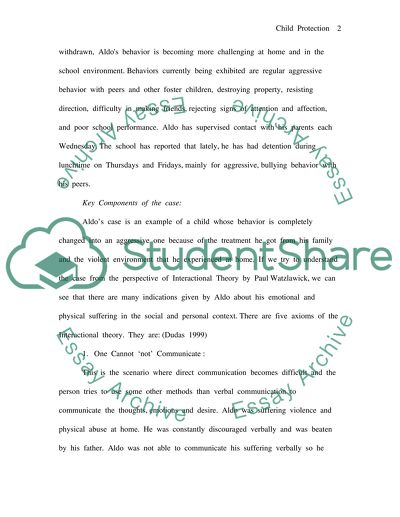Cite this document
(Child Protection and Family Violence Case Study, n.d.)
Child Protection and Family Violence Case Study. Retrieved from https://studentshare.org/social-science/1554979-family-experiencing-child-protection-and-family-violence-issues
Child Protection and Family Violence Case Study. Retrieved from https://studentshare.org/social-science/1554979-family-experiencing-child-protection-and-family-violence-issues
(Child Protection and Family Violence Case Study)
Child Protection and Family Violence Case Study. https://studentshare.org/social-science/1554979-family-experiencing-child-protection-and-family-violence-issues.
Child Protection and Family Violence Case Study. https://studentshare.org/social-science/1554979-family-experiencing-child-protection-and-family-violence-issues.
“Child Protection and Family Violence Case Study”. https://studentshare.org/social-science/1554979-family-experiencing-child-protection-and-family-violence-issues.


